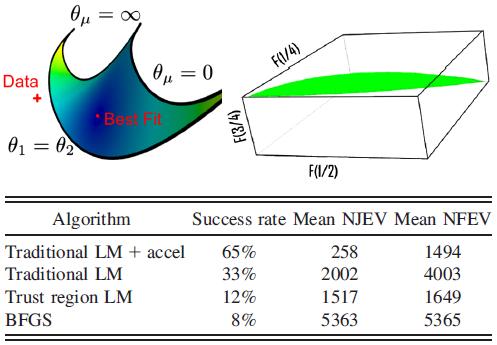
A system of linear equations can be written in the matrix notation as Ax=b, where A denotes the coefficient matrix,b is the right-hand side, and x represents the solution vector we search for. The system Ax=b, has a solution if b and only if belongs to the vector space spanned by the columns of A.
If m
If m>n and the matrix A has a full rank, that is, if the number of equations is greater than the number of unknown variables, there is generally no solution and the system is overdetermined. One can search some X such that the distance between Ax and b is minimized, which leads to the linear least-squares problem if distance is measured by L norm.
If m=n and the matrix A is nonsingular, the system Ax=b has a unique solution.
From here on, we concentrate on systems of equations with unique solutions.
There are two basic classes of methods for solving system Ax=b. The first class is represented by direct methods. They theoretically give an exact solution in a (predictable) finite number of steps. Unfortunately, this does not have to be true in computational praxis due to rounding errors: an error made in one step spreads in all following steps. Classical direct methods are discussed in this section. Moreover, solving an equation system by means of matrix decompositions, can be classified as a direct method as well. The second class is called iterative methods, which construct a series of solution approximations that (under some assumptions) converges to the solution of the system.
First, even if a unique solution exist, numerical methods can fail to find the solution: if the number of unknown variables is large, rounding errors can accumulate and result in a wrong solution. The same applies very much to systems with a nearly singular coefficient matrix. One alternative is to use iterative methods, which are less sensitive to these problems. Another approach is to use the QR or SVD decompositions, which can transform some nearly singular problems to nonsingular ones. Second, very large problems including hundreds or thousands of equations and unknown variables may be very time demanding to solve by standard direct methods. On the other hand, their coefficient matrices are often sparse, that is, most of their elements are zeros.




No hay comentarios:
Publicar un comentario